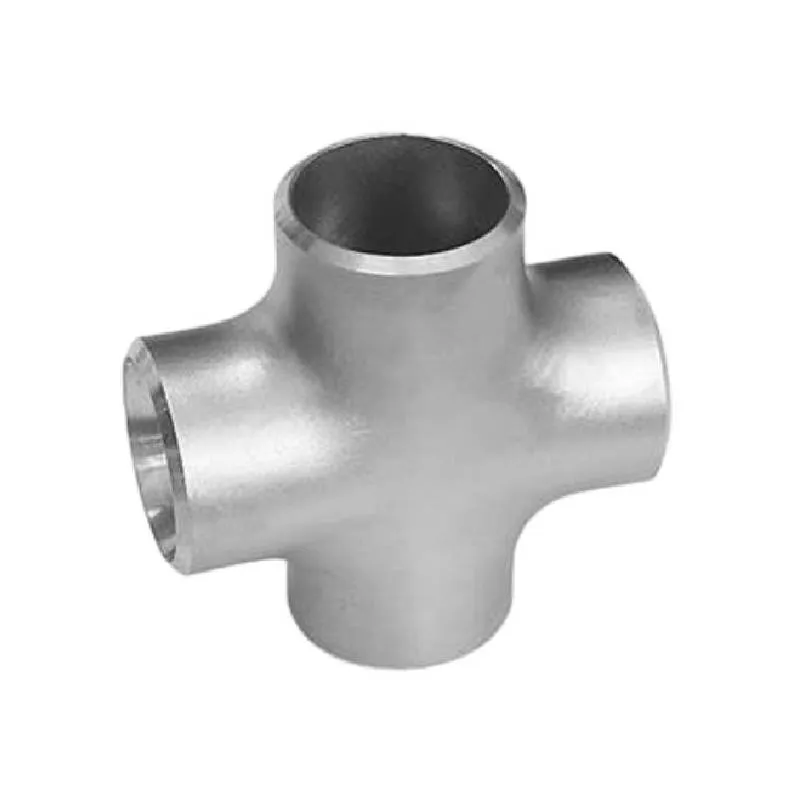-
Cangzhou Yulong Steel Co., Ltd.
-
Phone:
+86 13303177267 -
Email:
admin@ylsteelfittings.com
- English
- Arabic
- Italian
- Spanish
- Portuguese
- German
- kazakh
- Persian
- Greek
- French
- Russian
- Polish
- Thai
- Indonesian
- Vietnamese
- Zulu
- Korean
- Uzbek
- Hindi
- Serbian
- Malay
- Ukrainian
- Gujarati
- Haitian Creole
- hausa
- hawaiian
- Hebrew
- Miao
- Hungarian
- Icelandic
- igbo
- irish
- Japanese
- Javanese
- Kannada
- Khmer
- Rwandese
- Afrikaans
- Albanian
- Amharic
- Armenian
- Azerbaijani
- Basque
- Belarusian
- Bengali
- Bosnian
- Bulgarian
- Catalan
- Cebuano
- China
- China (Taiwan)
- Corsican
- Croatian
- Czech
- Danish
- Esperanto
- Estonian
- Finnish
- Frisian
- Galician
- Georgian
- Kurdish
- Kyrgyz
- Lao
- Latin
- Latvian
- Lithuanian
- Luxembourgish
- Macedonian
- Malgashi
- Malayalam
- Maltese
- Maori
- Marathi
- Mongolian
- Myanmar
- Nepali
- Norwegian
- Norwegian
- Occitan
- Pashto
- Dutch
- Punjabi
- Romanian
- Samoan
- Scottish Gaelic
- Sesotho
- Shona
- Sindhi
- Sinhala
- Slovak
- Slovenian
- Somali
- Sundanese
- Swahili
- Swedish
- Tagalog
- Tajik
- Tamil
- Tatar
- Telugu
- Turkish
- Turkmen
- Urdu
- Uighur
- Welsh
- Bantu
- Yiddish
- Yoruba

Sep . 12, 2024 12:50 Back to list
3D Pipe Bend Solutions | Custom Bending Services
Understanding 3D Pipe Bend Design, Applications, and Manufacturing
In various industries, the efficient transportation of fluids and gases is crucial. Pipes serve as vital conduits, and the design of pipe bends is especially important in ensuring the smooth flow of materials within a system. Among the different types of bends, the 3D pipe bend has gained prominence due to its unique characteristics and advantages.
Understanding 3D Pipe Bend Design, Applications, and Manufacturing
One of the primary applications of 3D pipe bends is in HVAC (heating, ventilation, and air conditioning) systems. In these systems, pipes carry air and refrigerants, and the bends play a crucial role in maintaining the efficiency of the airflow. A well-designed 3D bend ensures a smooth air transition, reducing the chances of airflow stagnation and enhancing the system's overall performance.
3d pipe bend

Furthermore, 3D pipe bends are widely used in the oil and gas industry. Here, they are employed in pipelines that transport crude oil, natural gas, and other hydrocarbons. The durability and reliability of a 3D bend help in preventing leaks and ensuring that the transported materials reach their destination without contamination or loss. In high-pressure applications, the resistance to deformation provided by the 3D bend’s geometry is particularly essential.
The manufacturing process of 3D pipe bends can vary depending on the material and application requirements. Common materials used include stainless steel, carbon steel, and PVC. Techniques such as hot bending, cold bending, and extrusion are frequently employed. Each method has its advantages; for instance, hot bending allows for a more considerable degree of shaping, while cold bending is often preferred for materials that need to maintain their mechanical properties.
Beyond their mechanical benefits, 3D pipe bends also offer aesthetic appeal in certain architectural and design applications. In modern buildings and structures, exposed piping is often showcased as part of the industrial design aesthetic. A seamless 3D bend can enhance the visual flow of a space while fulfilling functional requirements.
In conclusion, 3D pipe bends are an integral component in various industries, providing essential solutions for transporting fluids and gases. Their design minimizes pressure loss, reduces potential hazards, and enhances overall efficiency. As industries continue to evolve, the demand for innovative pipe bending solutions is likely to grow, emphasizing the importance of 3D bends in modern engineering and construction practices. Their versatility and effectiveness make them indispensable tools in the movement of materials, reflecting both functionality and design elegance.
Latest news
-
ANSI 150P SS304 SO FLANGE
NewsFeb.14,2025
-
ASTM A333GR6 STEEL PIPE
NewsJan.20,2025
-
ANSI B16.5 WELDING NECK FLANGE
NewsJan.15,2026
-
ANSI B16.5 SLIP-ON FLANGE
NewsApr.19,2024
-
SABS 1123 FLANGE
NewsJan.15,2025
-
DIN86044 PLATE FLANGE
NewsApr.19,2024
-
DIN2527 BLIND FLANGE
NewsApr.12,2024
-
JIS B2311 Butt-Welding Fittings LR/SR 45°/90° /180°Seamless/Weld
NewsApr.23,2024











